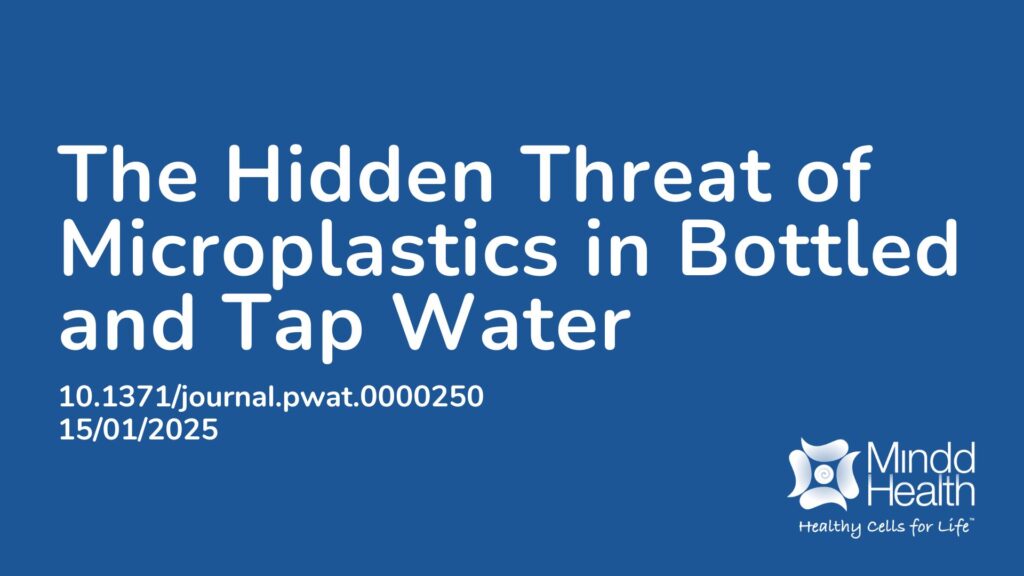Summary:
Microplastics (MPs) are tiny plastic particles that can be found in food and drinking water, including both tap and bottled water. Bottled water, in particular, has been closely examined for MP contamination, yet there are no regulations or standards in place to limit their presence. While the European Commission has introduced a guideline for detecting MPs in drinking water, it only considers particles 20 microns or larger, despite smaller MPs (under 10 microns) being more likely to enter the bloodstream and organs. However, the few studies that have included this size range suggest these smaller MPs are much more common. To address this gap, researchers developed a method to detect MPs as small as 1 micron in any type of drinking water and analyzed ten brands of bottled water and one tap water sample. They found that over 1,800 plastic particles were identified. MP levels varied widely across bottled water brands, ranging from 19 to 1,154 particles per liter, while tap water contained 413 particles per liter. Notably, 98% of the detected MPs were under 20 microns, and 94% were smaller than 10 microns, reinforcing the need to include these tiny MPs in future research and regulation. This study highlights the importance of updating water quality standards to better account for the presence of small MPs.
Abstract:
Microplastic (MP) content in nutrition including potable water is unregulated, although MP concentrations in individual brands of bottled water diverge by several orders of magnitude. The EU Directive 2020/2184 on consumable water quality recently proposed methodological approaches to the detection of MPs in potable water in the size range of 20–5000 μm. However, fine MPs in the 1–20 μm range are far more likely to pass the human intestine into blood and organs. To evaluate the impact of this omission on the total number of detected MPs, we determined MP concentrations down to 1 μm in ten different brands of polyethylene terephthalate (PET) bottled water and one tap water sample using automated Raman microspectroscopy. We found that MP concentrations ranged from 19 to 1,154 (n/L) [0.001 to 0.250 μg/L], and although all the investigated samples of bottled water were stored in PET containers, PET accounted only for a small percentage of identified MPs in most samples. Importantly, 98 and 94% of MPs measured less than 20 and 10 μm in diameter, respectively, demonstrating the importance of small MP inclusion in potable water analyses and regulation. The current study presents a protocol to identify MPs down to 1 μm in any type of potable water regardless of hardness, and demonstrates the importance of implementing both negative and positive procedural, quality control measures.
Article Publication Date: 15/01/2025
DOI: 10.1371/journal.pwat.0000250






